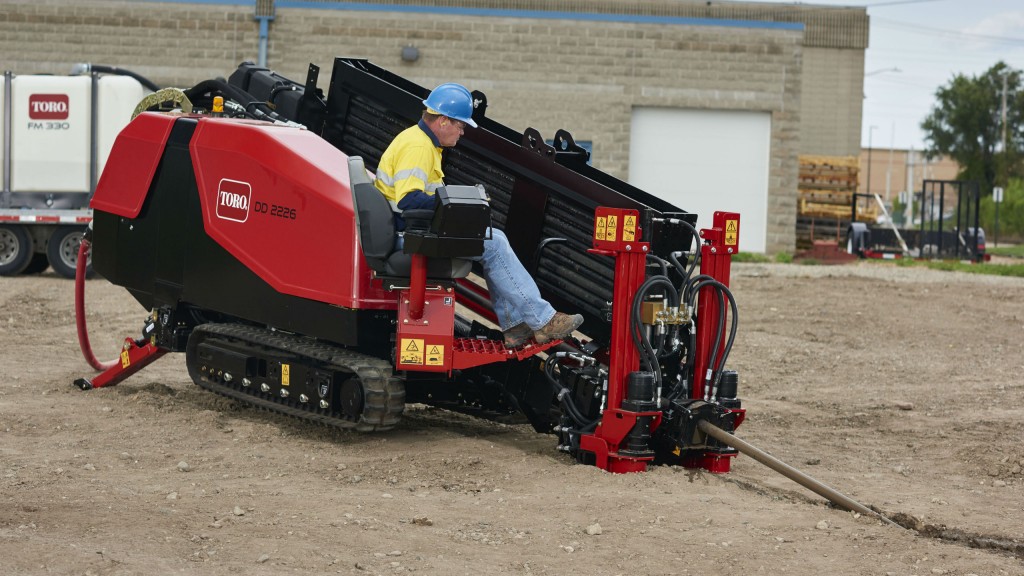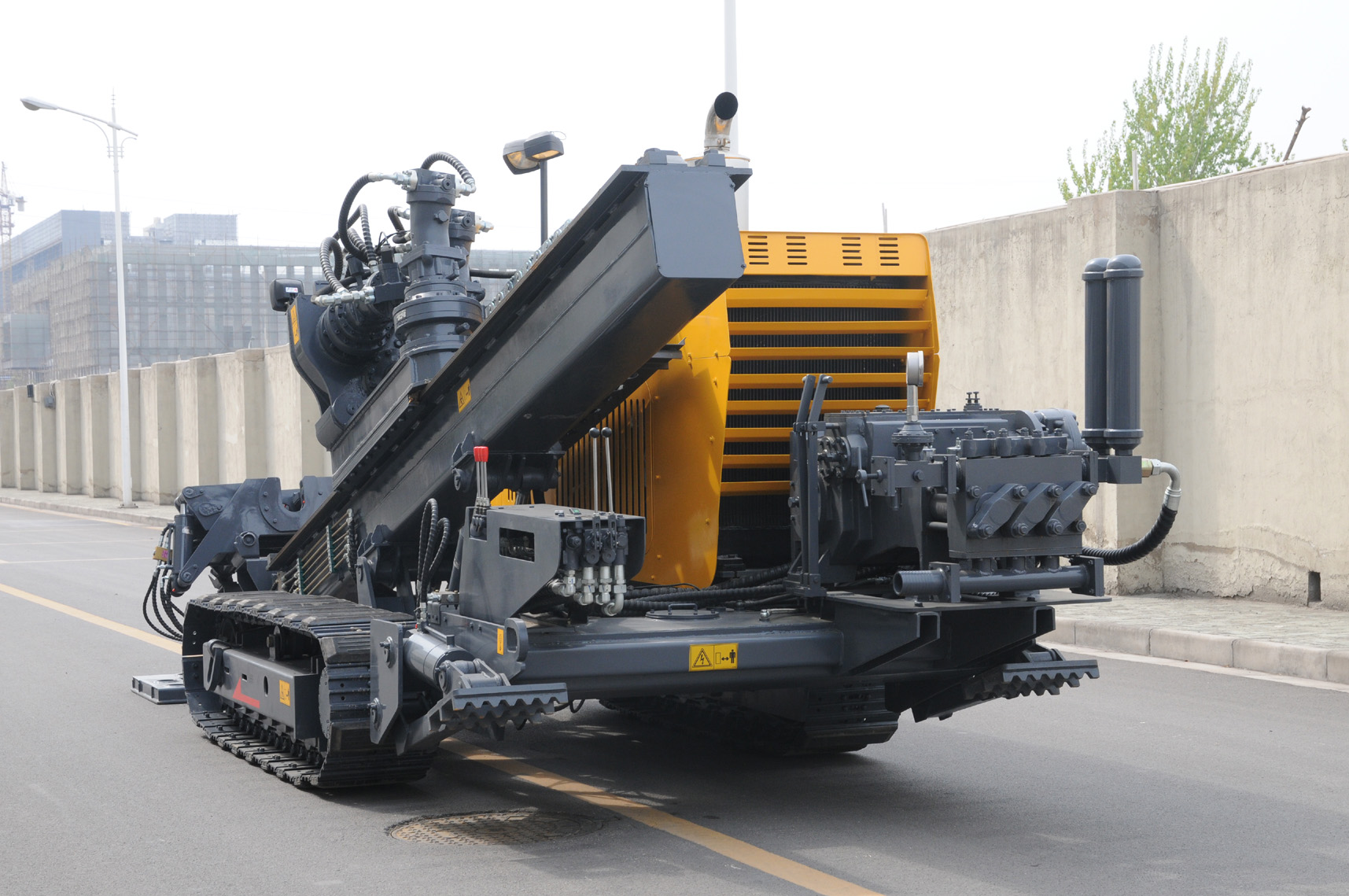

There are sensors that monitor the trajectory of the wellbore along the well path. The direction of the drill bit and tool face is decided using the information from surveys. The benefits of the horizontal directional drilling method in this particular instance include the relatively minor impact on nature and the environment and the. However, after reaching designated kickoff points, the directional driller changes the path by increasing the well inclination to start the build section.

The starting phase of directional drilling is similar to vertical wellbores. Working Principle of directional drilling The technique of directional drilling is safe, durable, and not dependent on weather disruptions.Directional drilling increases productivity as it can easily drill beneath surface obstructions or ongoing site operations.It reduces the contamination of groundwater pollution and thus protects the ecosystem and adjacent areas. Horizontal directional drilling is an ideal solution to the problems faced when cables have to be laid or repaired, whether in urban or rural areas.It maintains the integrity of roadways, buildings, and natural features. Directional drilling is a much faster method.It also explores oil-saturated sand or shale. Using directional drilling, more of the hydrocarbon reservoirs are explored.A large radius of the oilfield can be tapped using directional drilling technology as the operation can be performed using one rig, the cost will be reduced to a huge extent.It reduces the surface disturbance and environmental impact. In directional drilling, multiple boreholes can be drilled from the same rig.There are various advantages that the directional drilling technique provides over the conventional ones. Why is the directional drilling technique so valuable? Advantages of directional drilling


 0 kommentar(er)
0 kommentar(er)
